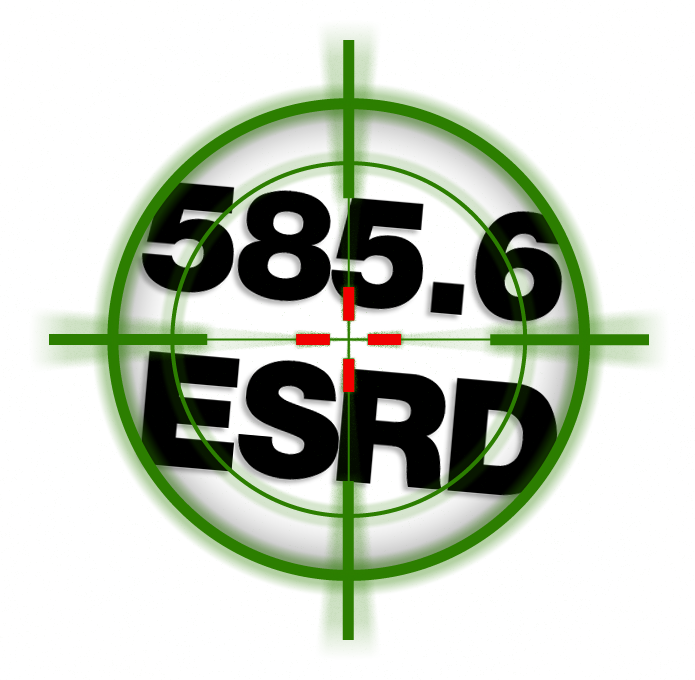More Medicare Claim Processing Insight- Transporting ESRD Patients for Dialysis
Second Week in a Row…
Last week we filled this space with information from the Medicare Administrative Contractor (MAC) handling Part B claims in Ohio and Kentucky regarding their Comprehensive Error Rate Testing (CERT) findings. We provided you with a view of how the CERT auditors look at claims when determining the medical necessity and reasonableness of each claim they review.
Well, for the second week in a row yet another MAC has issued vital communication pertaining to another important Medicare subject.
National Government Services (NGS), by way of communication to Jurisdiction K Medicare Part B ambulance suppliers in Connecticut, New York, Maine, Massachusetts, New Hampshire, Rhode Island and Vermont, has opened yet another window for us to view how they process yet another set of Medicare ambulance claims. Specifically, how they process claims submitted for transports of End Stage Renal Disease (ESRD) patients to and from dialysis facilities.
Number One audit target
We already know that dialysis transports are the Number One target of all of the audit contractors and MACs across the nation. Please remember that the Center for Medicare and Medicaid Services (CMS) prompted by Congressional initiatives to control Medicare costs is targeting BLS non-emergency transports of ESRD patients in their cross-hairs by cutting payments for those transports last year by a full ten percent!
Numerous communications have been issued by CMS and by all of the MACs across the Country regarding their collective intent to scrutinize these claims very carefully.
“A Significant Amount…”
The communication from NGS begins with this statement.
“National Government Services receives a significant amount of dialysis facility ambulance transports that do not meet medical necessity criteria.”
That’s a very blunt statement. It’s a communication we all need to be very much aware of in the ambulance industry.
This communication matters to you whether your department operates in one of these States or not simply because the line of communication is similar across all of the MACs.
A list of “probable denial” diagnoses
NGS took the time to list specific diagnoses that they are stating “…do not justify the medical necessity requirement of providing transportation by ambulance” for dialysis transports. These diagnoses include…
- Depression
- Weakness
- Anemia
- Hypotension
Then they said…
“Patients with those symptoms could have been transported in a prone or seated position, resulting in a gurney or wheelchair van transport.”
The use of the term “gurney” is a reference to non-ambulance, stretcher-van vehicles (in States where use of those vehicles is permitted.)
NGS cited Chapter 10, Section 10.2.1 http://www.cms.gov/Regulations-and-Guidance/Guidance/Manuals/Downloads/bp102c10.pdf of the Medicare Benefit Policy Manual as the backdrop in support of the discussion.
What they will pay for…
In their words…
“National Government Services will reimburse ambulance transports for an ESRD patient for renal dialysis from his home/residence/custodial care facility to a hospital-based or nonhospital-based facility (free standing dialysis) provided the service meets the medical necessity requirements.”
NGS is one MAC that does not require ambulance claims to be submitted with the inclusion of an ICD-9 code but suggests that these claims be submitted using diagnosis codes to clearly demonstrate the patient’s need for compensable ambulance transportation.
This is just another good reason why we suggest that you department must use a really good, knowledgeable billing resource. The billing office must understand not only what’s required at a minimum, but what’s required to get claims paid and paid without cutting compliance corners. Our Certified Ambulance Coder trained staff, here at Enhanced, always applies applicable diagnosis codes to all outgoing claims, regardless of whether or not the MAC requires one to be submitted
This particular communication verifies that this is probably a very worthwhile extra step even when not required.
The takeaway…
What’s the takeaway and what have we learned from NGS that can be applied to your ESRD/Dialysis transport scenarios?
Medical Necessity must be established by…
- … using clear clinical, precise and detailed documentation in the Patient Care Report along with a properly executed Physicians Certification Statement on file.
- …taking the extra step of reporting ICD-9-CM diagnosis codes when submitting claims for payment to NGS (and other MACs too.)
- …remembering that NGS specifically listed the four diagnoses they do not consider valid for ESRD/Dialysis transport scenarios.
- …always asking the question if any other means of transportation could be provided without endangering the patient’s health.
- There should be no doubt that ESRD/Dialysis transports are squarely in the cross-hairs on the Medicare radar- ripe for audit and top on the scrutiny list!
- Ambulance companies must do the necessary up-front homework before taking on these transports if intending to bill Medicare for these transports to insure these patients can only be safely transported by an ambulance.
The heart of what we do…
Submitting compliant claims the first time is the heart of what we do at Enhanced.
Call us today if you don’t have the satisfaction that your ESRD/Dialysis claims (or any other claim for that matter) are being submitted correctly the first time and every time.